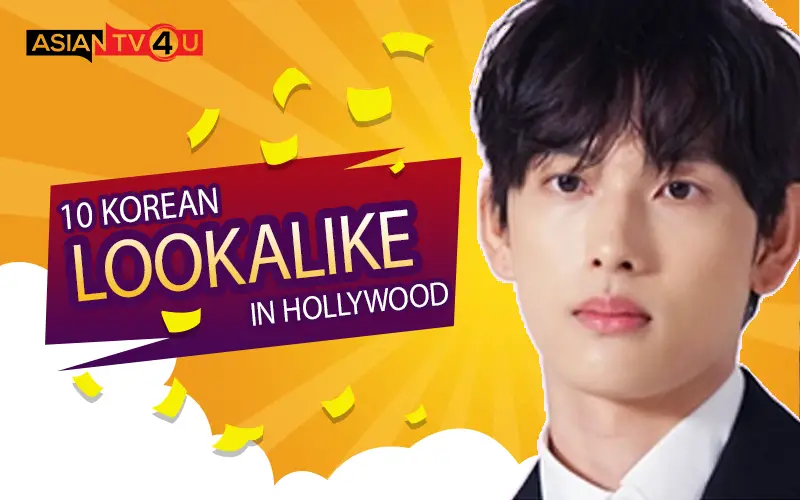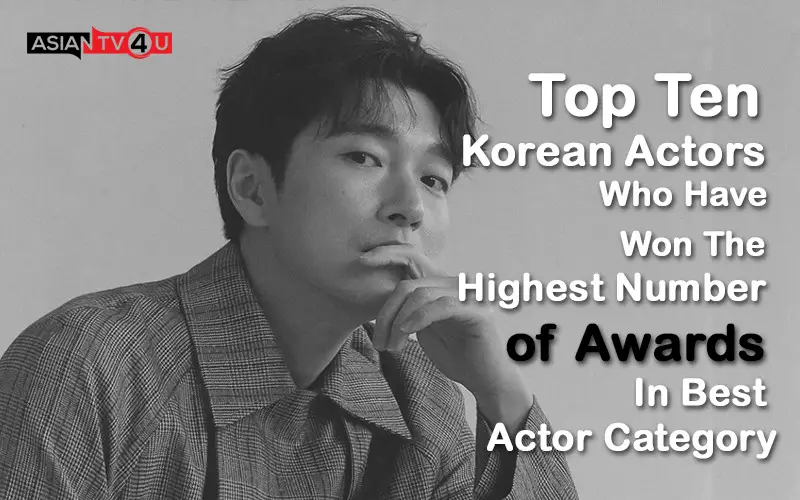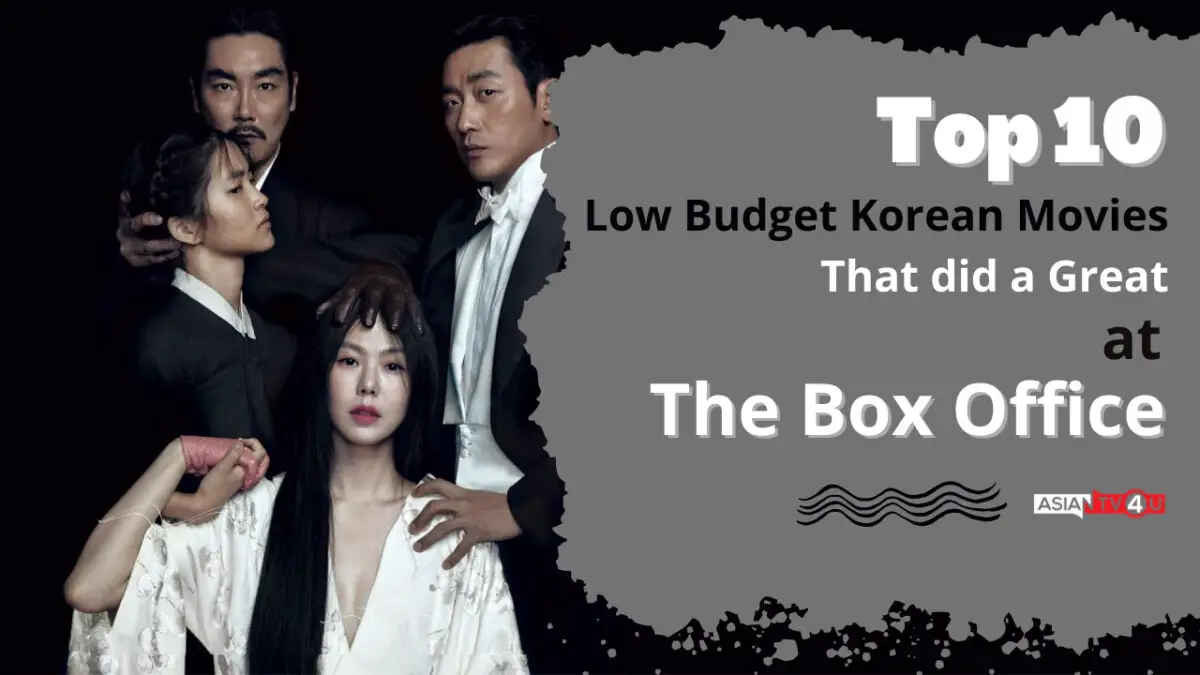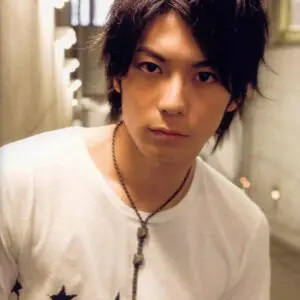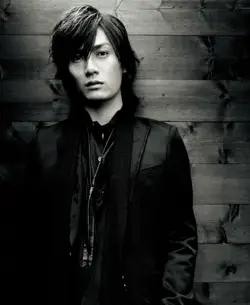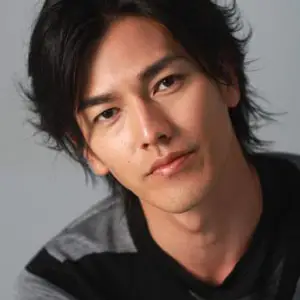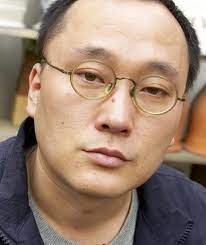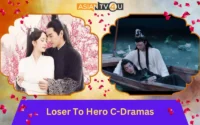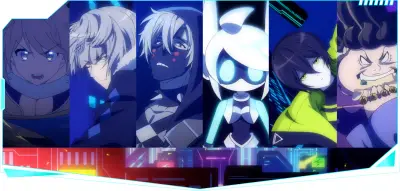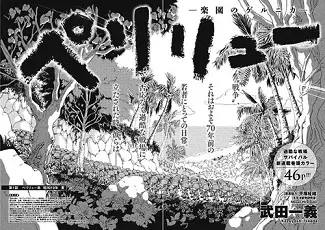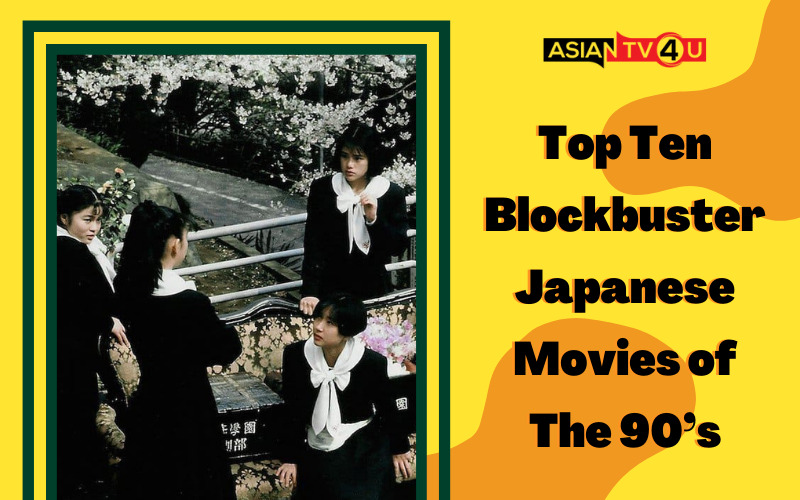
Because the entertainment business had drastically transformed, the 1990s were unquestionably better. Because the globe had few other alternatives to consume at the time, studios in that decade were interested in crafting rich tales for large audiences. Here are some appreciable Japanese films from the 1990s that are worth watching.
1. The Cherry Orchard (1990)
The members of a drama club at a high school for girls face their fears, friendships, and infatuations in the run-up to their presentation of the titular Chekhov play, an annual school tradition to mark their passage into the adult world, in this vibrant and enchanting work, sadly little-known outside Japan. It's a film with a low-key drama but a lot of charm, as the halls and classrooms with the kids' everyday banter, crush banter, and instructor gossip. Meanwhile, tensions are running high as rumours of a student's out-of-school misbehaviour threaten to cancel the performance.

2. The Most Terrible Time In My Life (1993)
Kaizo Hayashi's first installment in his Mickey Spillane-inspired Mike Hama (Yokohama Mike) trilogy is a similar experiment in cinephilia, returning to the style of his enchanting debut. With retro-noir art design by Seijun Suzuki's long-time partner Takeo Kimura and appearances by Tetsuo director Shinya Tsukamoto and Branded to Kill actor Jo Shishido, it's filmed in brilliant monochrome scope.

3. Like Grains Of Sand (1995)
The first generation of Japanese filmmakers, led by Ryosuke Hashiguchi, came out in the 1990s to openly depict LGBT themes and subject matter.

4. August In The Water (1995)
Sogo Ishii (later called Gakuryu Ishii) was hailed as the king of the early 1980s indie scene thanks to films like Crazy Thunder Road (1980) and Burst City (1982).
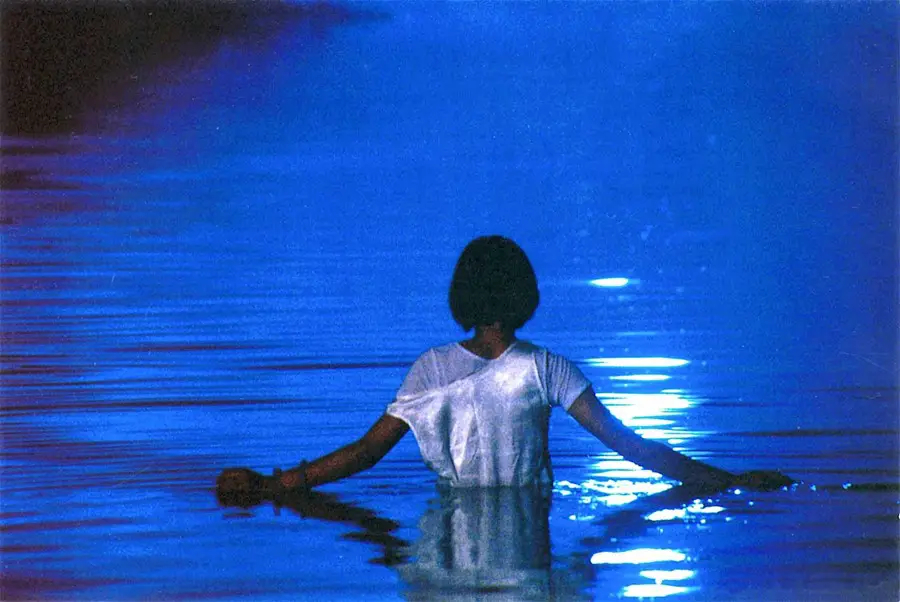
5. Gonin (1995)
Gonin translates to 'Five Men,' featuring some of the decade's most well-known faces, including Koichi Sato, Masahiro Motoki, Naoto Takenaka, and Takeshi Kitano. This latter, it should be noted, is not among the motley band of misfits who, after being pushed to the periphery for different reasons following the catastrophic bust of the economic bubble, decide to get even by assaulting the headquarters of a significant yakuza organization and stealing the wealth.
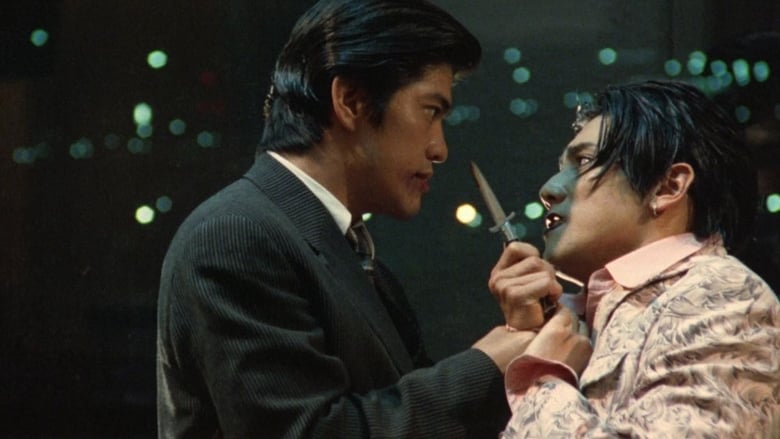
6. Love Letter (1995)
Hiroko makes the symbolic gesture of mailing a letter to his childhood address, far away on the cold northern island of Hokkaido, to keep her fiancé Itsuki Fujii's memory alive two years after his death in a climbing accident. With the house where he grew up long gone, the letter ends itself in the hands of another Itsuki Fujii, sparking a long correspondence that brings back a flood of youthful memories and feelings.
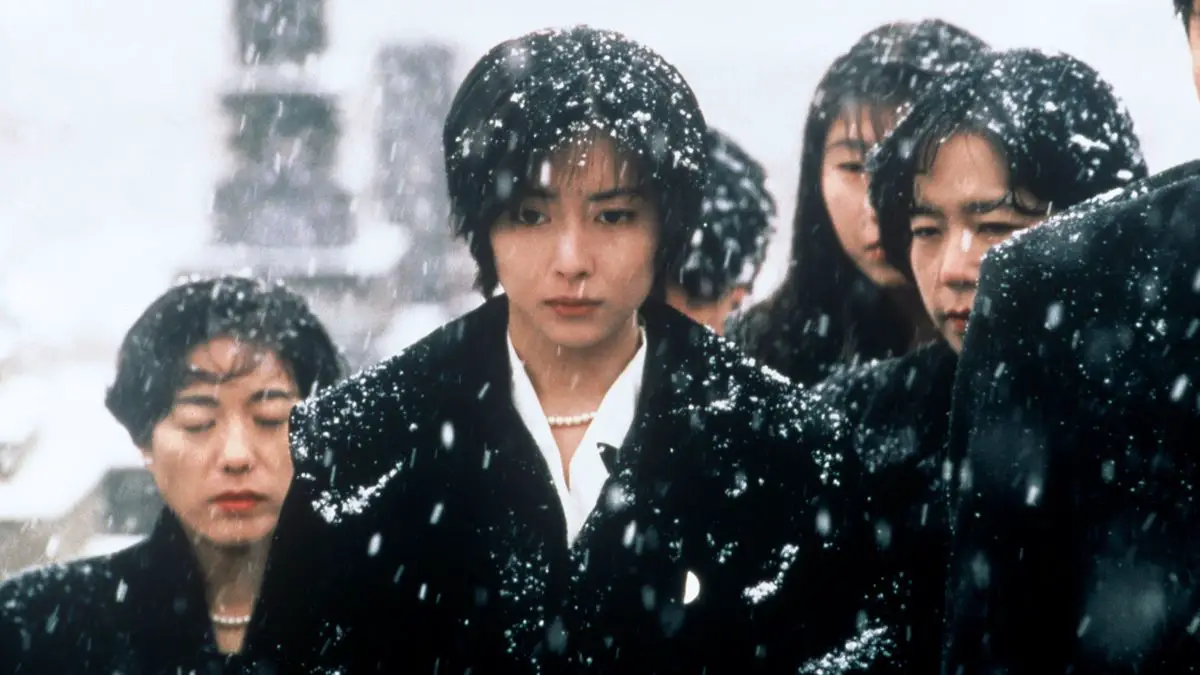
7. Shall We Dance? ( 1996)
In this infectiously joyful tribute to ballroom dancing, Koji Yakusho portrays an easy-going but office-bound accountant who summons the confidence to hop out several stops early after noticing a gorgeous woman in the window of a suburban ballroom dance school on his regular commute home. Following his initial shaky steps, he quickly finds himself involved in a secret world of nighttime courses and weekend socials, surrounded by a like-minded community of salaryman clodhoppers (including a scene-stealing Naoto Takenaka as the company's IT support engineer). Soon after, his wife notices his newfound spring in his step and employs a private investigator.

8. The Bird People In China (1998)
Miike had already directed just shy of two dozen films across a variety of genres, though primarily straight-to-video gangster and action titles, before emerging seemingly fully formed in the west with comic-book hyperbole of yakuza films like Dead or Alive (1999) or the grueling proto-torture porn of Audition (1999) and Ichi the Killer (2001).

9. After Life (1998)
Kore-international EDA’s breakthrough film is also his most formally bold, certainly in comparison to the more straightforward dramas he has become known for over the past decade. Following several pioneering TV documentaries and his debut feature Maborosi (1995), in which a young woman is left with her young son to cope in the wake of her husband's mysterious death. Kore-international EDA’s breakthrough film is also his most formally bold, certainly in comparison to the more straightforward dramas he has.
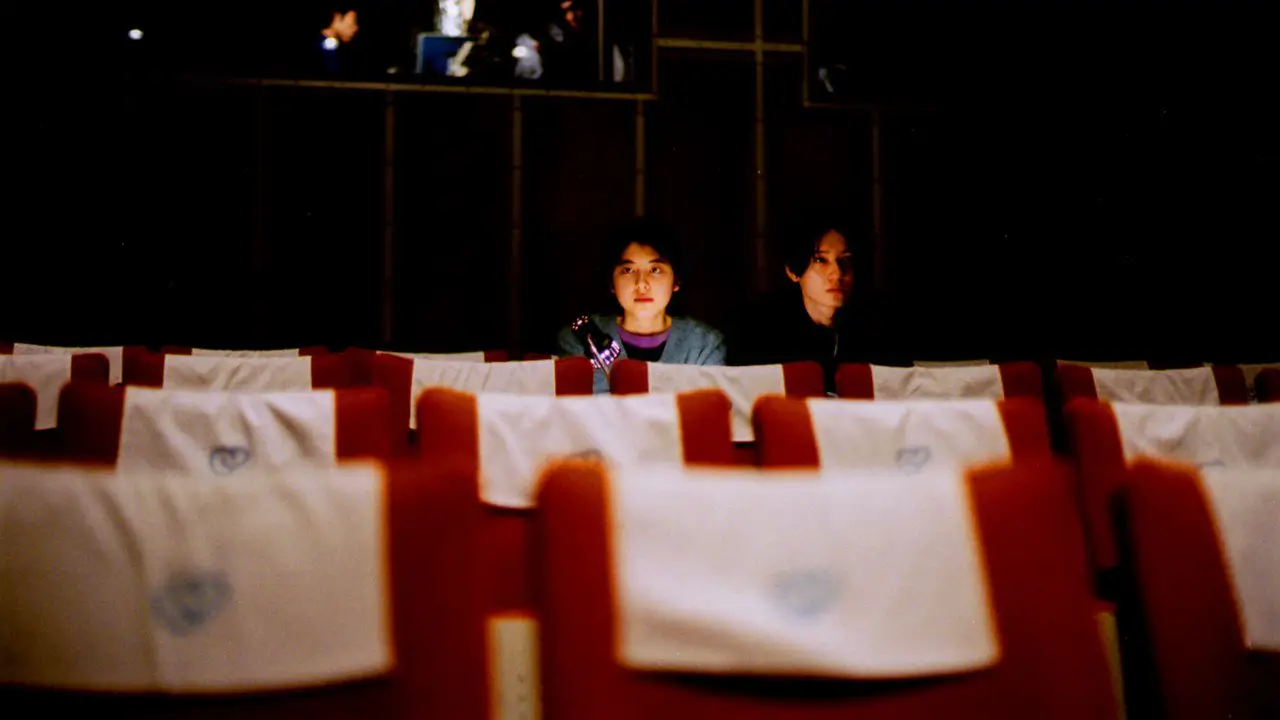
10. License To Live (1998)
Against such esoteric horrors as Cure (1997), Pulse (2001), and Creepy (2016), Kiyoshi Kurosawa's non-genre work is neglected, but License to Live demonstrates the director's characteristic tactics of undercutting and deconstructing narrative and genre. It's not just tough to categorize.


